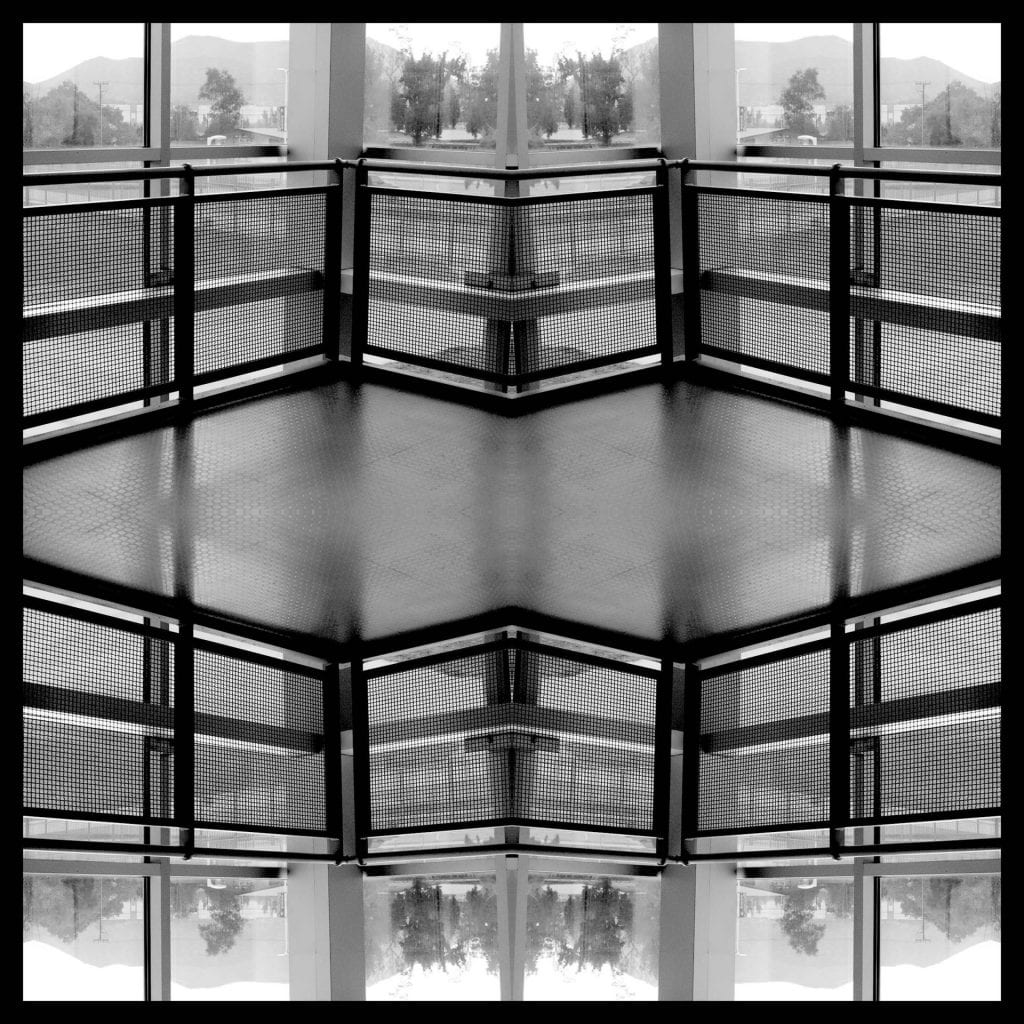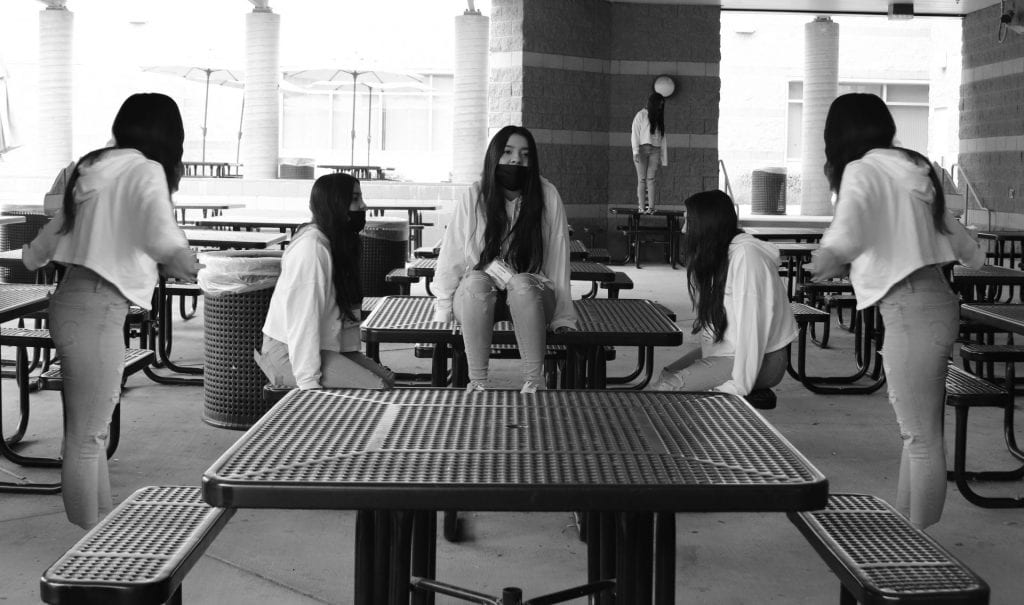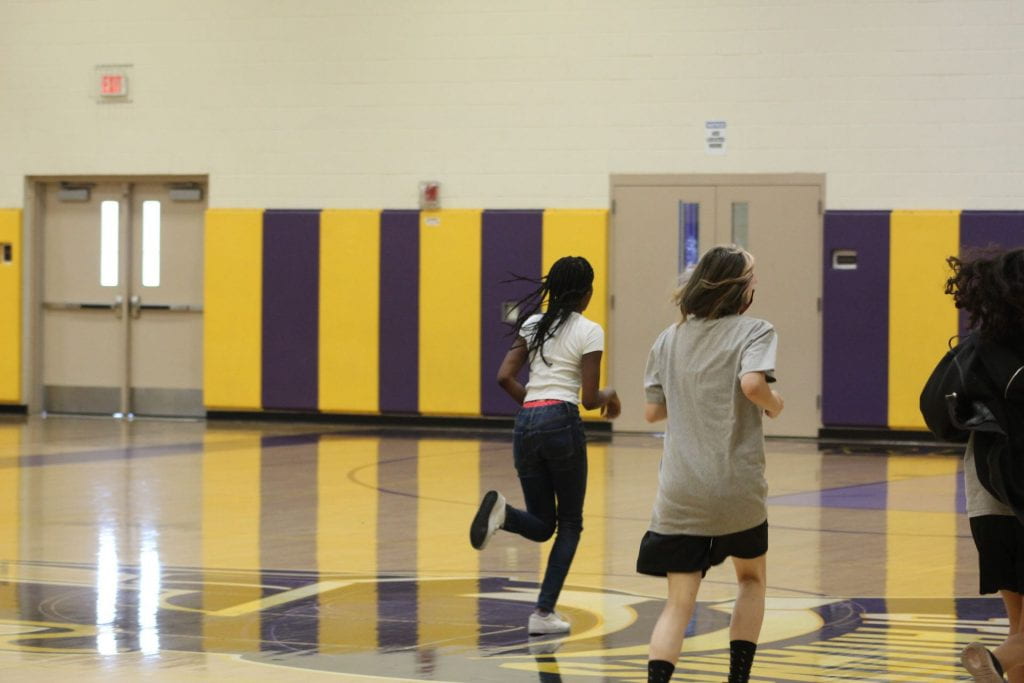
portfolio




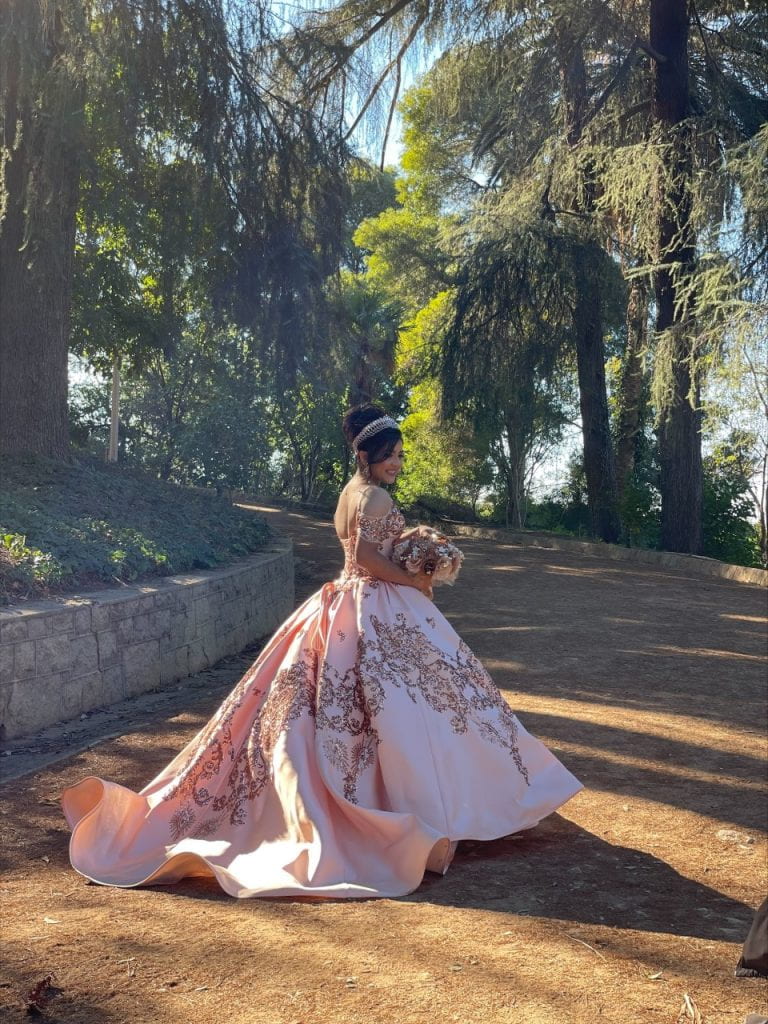

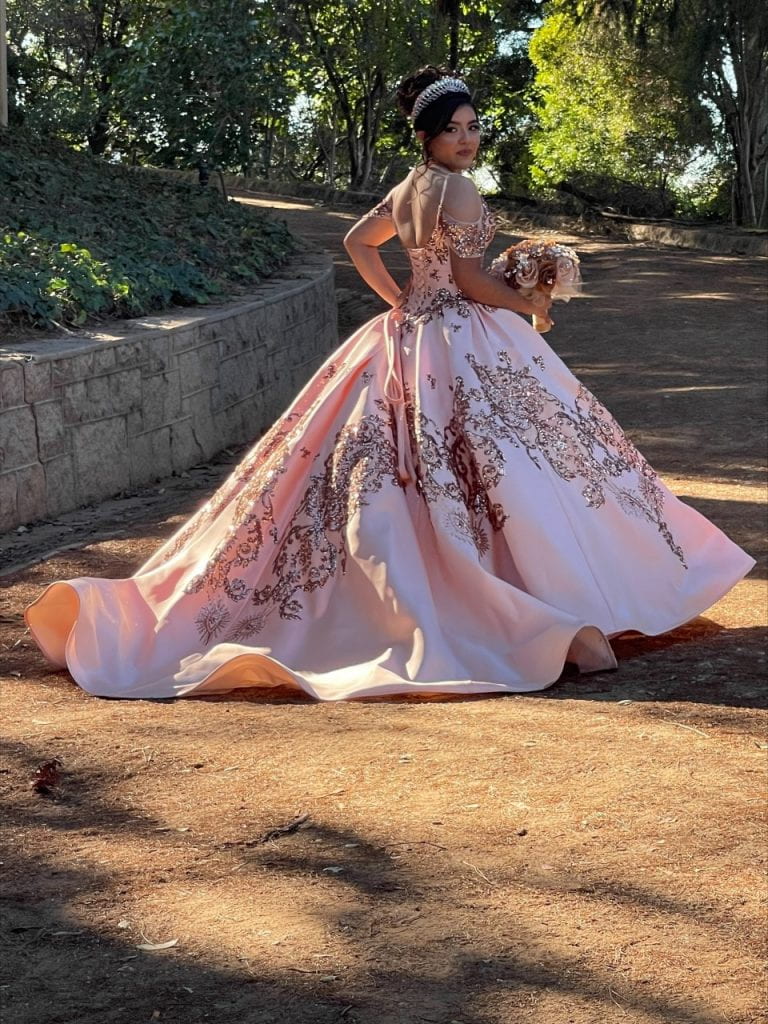

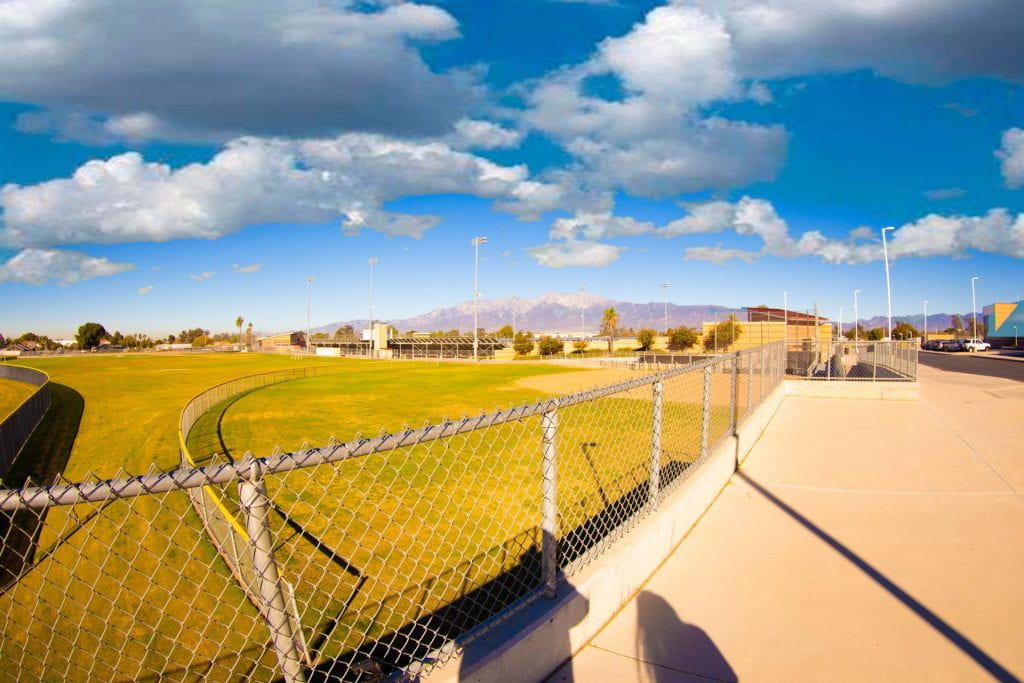
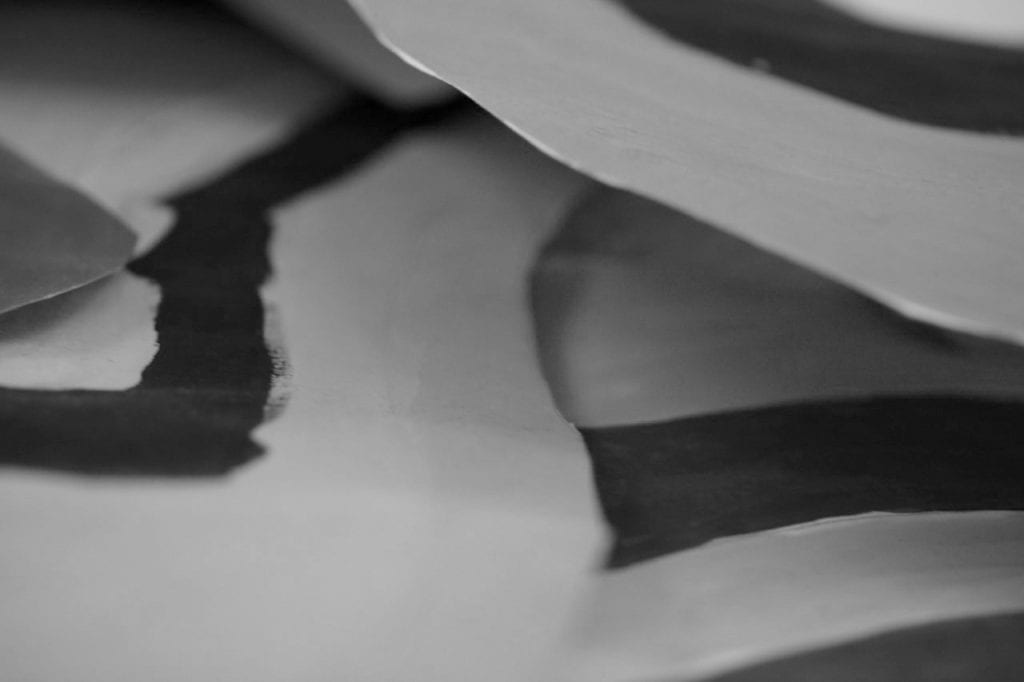
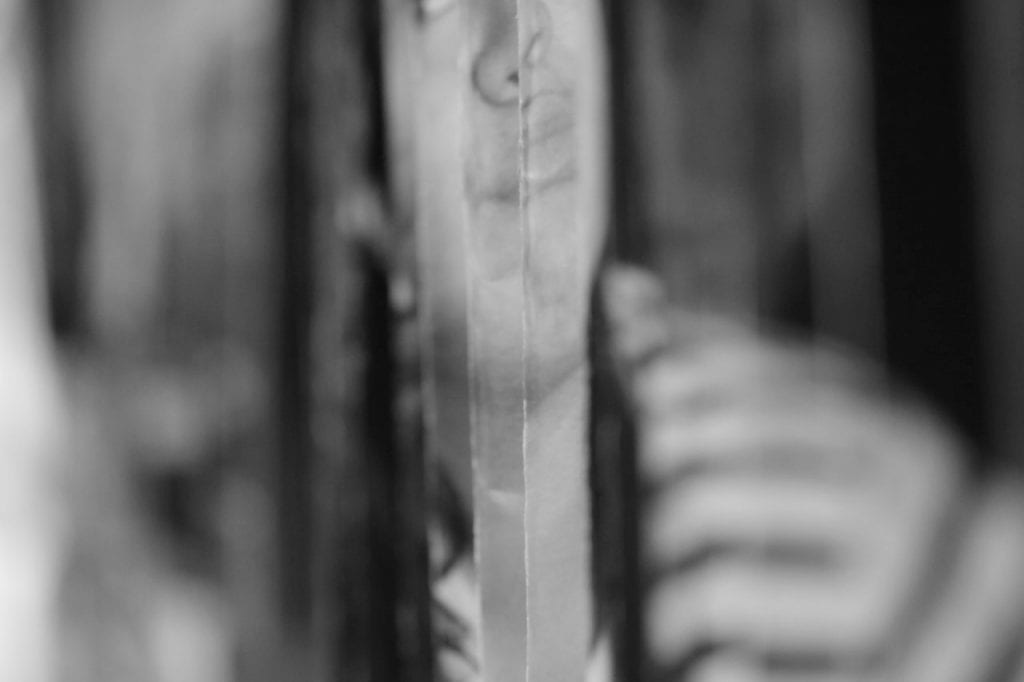
Photography is important because it allows people to see the world from different perspectives. Thanks to photography, you can admire the most diverse scenarios and situations captured in a frozen moment. Photography is so powerful that it enables you to bring meaningful experiences to others in the form of static images. It allows the diffusion of information about things as they are.
Your level doesn’t matter. In photography, you always keep learning. One day you can learn about composition. The day after, you discover the importance of lighting. Perfecting the use of your camera is a never-ending process. Photography makes you explore the world around you and gives you an excuse to go out, to travel more, to learn and experiment. Having new experiences and finding new places to visit with your family and friends.

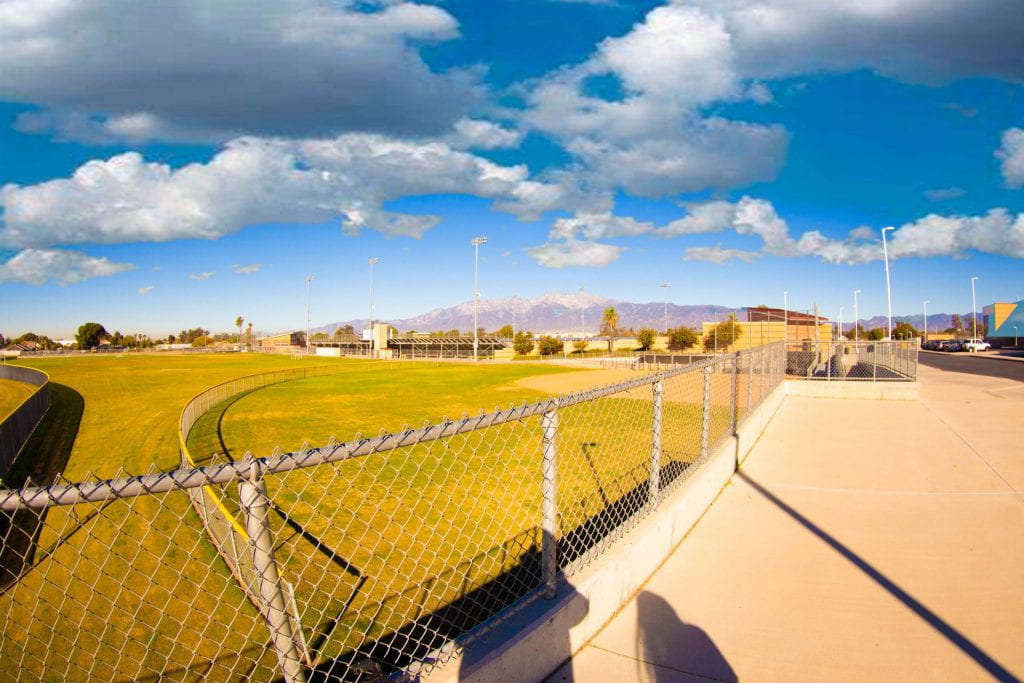

But with HDR photography, both the foreground and bright background will be properly exposed resulting in an amazing picture. Start by taking three photos at different lighting levels. You can do this very easily if your camera has a bracketing, or multiple exposure setting.
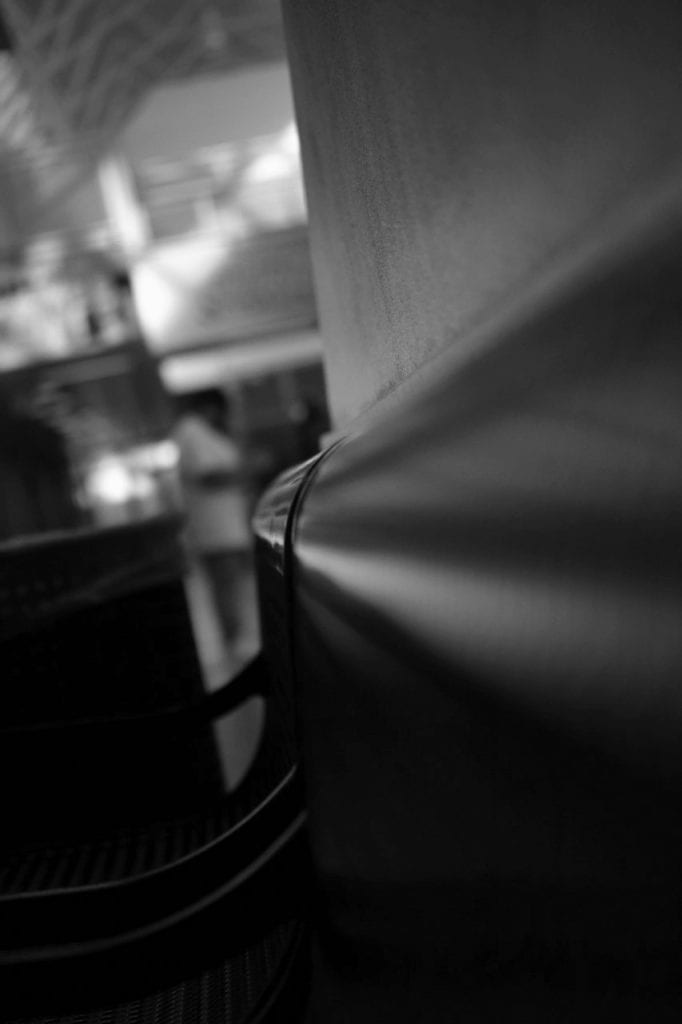



i like this picture. I like it because I like the black and white.
how is picture is with textue.
1. These range from fisheye lenses that give a 180° field of view to telephoto lenses up to 800mm.
2. You’ve got zooms, primes, macro lenses, super telephotos, tilt-shift lenses, and more.
3.It could be sports, wildlife, birds, landscapes, architecture, portraits, or any number of other subjects.
4. Less expensive lenses will generally have variable apertures – so as you zoom, the maximum aperture gets smaller.
5. More expensive lenses have a fixed aperture.
6.Wide angles give an expansive view, and when used correctly, they can wrap you in the scene.
7.lenses for landscape work tend to be a 14mm f/2.8, a 16-35mm f/2.8, and a 24mm f/1.4.
8.Wide angles are also handy in tight areas, like small rooms, cars, caves, etc. They can create volume and expansiveness in a limited space.
9.wide-angle lenses have the potential to drastically change your photography!
10.they often start at 24mm to 35mm, then zoom to around 70mm or even 105mm.
11. lenses that come as part of a camera package – are standard zooms.
12. Well, prime lenses offer just one focal length, such as 35mm, 50mm, or 85mm. So a standard prime falls somewhere in that 35mm to 85mm standard range.
13.back in the good old days of film, the most popular standard lens was a standard prime: the 50mm
14.zooms offer more bang for the buck
15. But a prime does force you to think more about composition and point of view, simply because it can’t zoom.
16. prime lenses also tend to be cheaper than optically-equivalent zooms.
17. Telephoto lenses get you close to a subject without actually approaching them. Working with a telephoto lens is like shooting through binoculars because they magnify distant subjects.
18.telephotos seem to be various flavors of 70-300mm or 70-200mm.
19. telephoto lenses are also excellent for sports, nature, and wildlife
20.A “fast” lens is usually one that has an aperture of f/4, f/2.8, or larger.
